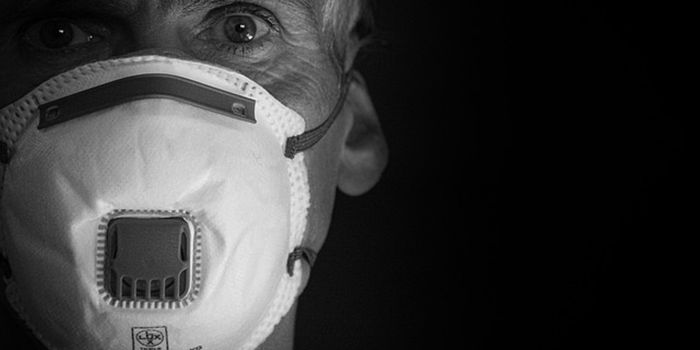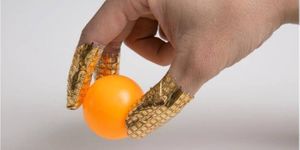According to the
Heart Foundation, every 34 seconds an American has a heart attack. The cells of the heart, called cardiomyocytes, are damaged due to a temporary lack of oxygen, and scientists have experimented with repairing them with stem cell-derived cells. Although this therapy remains promising, a new study from Harvard University has shown how ineffective it can also be, and they have developed a system to measure the relationship between native cardiomyocytes and stem-cell derived cardiomyocytes.
In theory, stems cells could be transplanted into the wall of the heart muscle with existing cardiomyocytes and improve the contractile function of the heart after heart attack. Using mice models, scientists from Harvard isolated cardiomyocytes in an
in vitro system to combine with transplanted cardiomyocytes derived from stem cells. The two cell types then bind to form a “two-cell microtissue” that the Harvard team is calling “muscle on-a-chip.”
The result of the stem cell/native cell pair is structurally sound and synchronous, but a difference in contractile strength between members of the pair started to explain the failure of stem cells to successfully repair damaged cardiomyocytes.
The problem with varying contractile strength comes from a misdirected transmission of mechanical forces. The Harvard researchers saw from their model that the cells were transmitting forces to “their surroundings instead of each other,” an effect that the computer simulation technology used in this study shows would similarly happen in human cardiomyocytes.
The technology from this study published in
The Journal of Cell Biology shows the problems with current stem cell-derived cardiomyocyte therapies under experimentation, and it also provides the opportunity for improving these therapies. By refining the mechanical coupling of stem cells and native cells, heart cell repair can be more effective and efficient.
Source:
Rockefeller University Press


















































